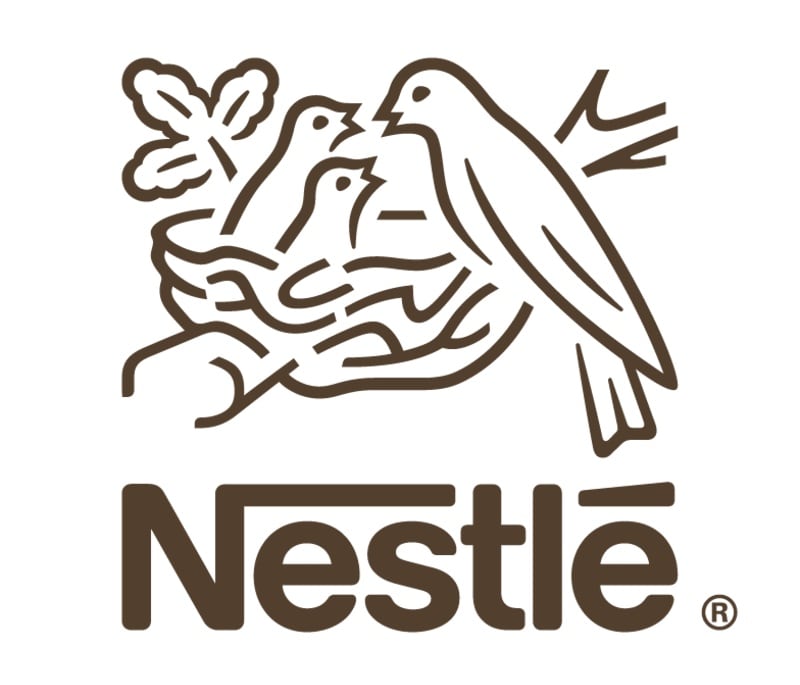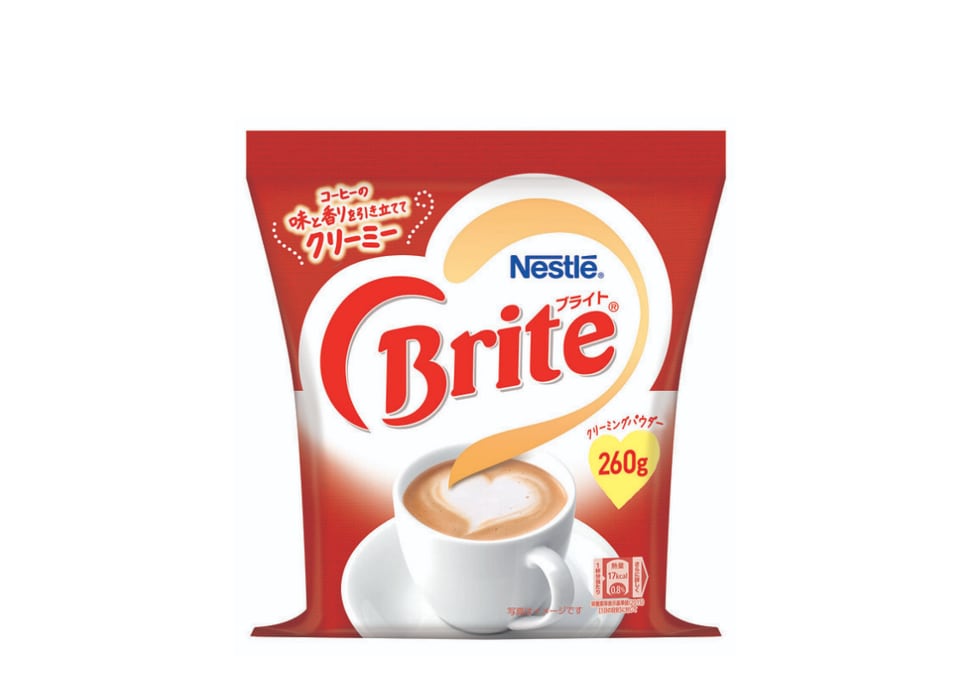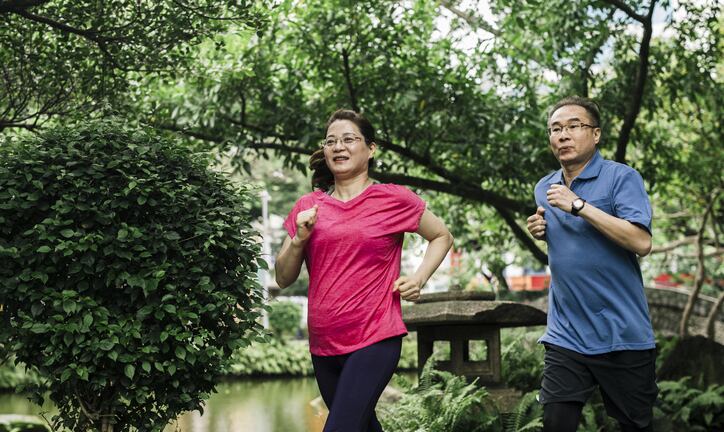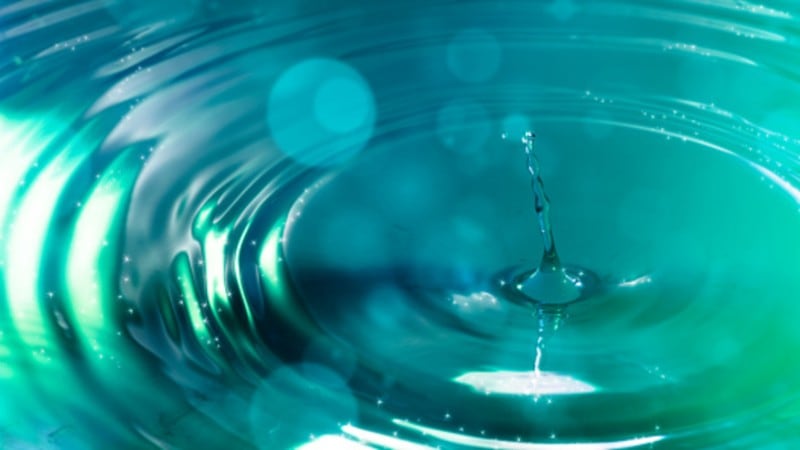According to Nestle’s statement on its half-year report, overall organic growth (representing the growth of the business after removing the impact of acquisitions, divestitures and other changes) for the whole company was 8.1% with total reported sales increasing 1.5% year-on-year to CHF41.8bn (US$46bn).
In the Asia, Oceania and sub-Saharan Africa (AOA) region, Nestle saw 6.8% overall organic growth to reach CHF10.9bn (US$12bn) – This was lower than the growth seen in its other operating regions of Europe, Middle East and North Africa (EMENA) at 8.0% (to hit CHF12.6bn / US$13.9bn) and the Americas (AMS) at 8.9% (to hit CHF18.3bn / US$20.1bn).
The AOA region was also the only one of the three where underlying trading operating profit (Profits before considering other trading expenses e.g. restructuring or equipment) decreased by 40 basis points (0.4%) from 22.7% to 22.3% – EMENA saw an increase in profits of 50 basis points (0.5%) to 18.8% and AMS increased by 40 basis points (0.4%) to 19.3%.
“[Within AOA], China recorded double-digit growth, helped by a recovery in out-of-home channels and the timing of Chinese New Year [and] South Asia also saw double-digit growth [led] by Maggi, KitKat and Nescafé [and] with strong momentum in e-commerce,” said Nestle via its report.
“[However], South East Asia saw negative growth in a difficult economic environment – high single-digit growth in Malaysia and Vietnam was offset by a sales decrease in the Philippines [which dropped 8.3% from] CHF1.45bn (US$1.6bn) to CHF1.34bn (US$1.48bn).”
Many countries in the South East Asian region are currently undergoing difficulties brought on by the persistence or resurgence of COVID-19 cases locally and concerns brought on by the Delta variant of the virus – for instance, the Philippines recently returned to a state of ‘moderate risk’ after a surge in cases in July, Malaysia is averaging over 15,000 new cases a day amidst serious political turmoil, and Indonesia which is averaging over 40,000 new cases daily has seen predictions that it will be the ‘last country in the world to get out of the COVID-19 pandemic’.
India is also averaging close to 40,000 new cases daily, but the country’s large population seems to have kept consumption up – in terms of Nestle sales numbers, the South Asian nation saw CHF838mn (US$922mn) worth of sales in the first six months of 2021, which is a 6.08% increase from CHF790mn (US$870mn) last year.
Within the APAC region, Greater China, the Philippines and India are the countries with Nestle’s top sales numbers, followed by Japan, Australia and the rest of the region. Japan and Australia also posted positive sales growth numbers.
RTD focus
One of the firm’s areas of focus to regain or strengthen growth may be in the ready-to-drink area, which has been hailed by Nestle CEO Mark Schneider as a ‘fast-growing segment’.
“With our expansion plans into RTD coffee, Nestlé will continue to build on its global leadership in coffee and will benefit from new growth opportunities in a segment that is developing rapidly and attracting new and younger consumers,” David Rennie, Head of Nestlé Coffee Brands said in a separate statement on plans for expanding RTD coffee with partner Starbucks.
Specific to the APAC region, one example of a focus on RTD can be found in Nestle Indonesia, which is currently building a factory dedicated to RTD products such as MILO and Nescafe.
“Nestle Indonesia is optimistic about the growth opportunities in Indonesia [for] the RTD category,” Nestle Indonesia Corporate Affairs Director Debora R Tjandrakusuma told FoodNavigator-Asia.
“Indonesia has a large consumer base [and the government has created a] conducive business environment with promising opportunities – locally, we have seen that the trend amongst consumers here is moving towards convenient products such as these RTD drinks.
“[This is why] we have invested about US$220mn in the new factory and capacity expansion of our other three factories in the country.”
Nestle Malaysia has in turn combined its plant-based focus with RTD products in the form of the launch of its recent dairy-free MILO drinks and Nescafe lattes – all of which are in ready-to-drink formats.
Water focus
Another major part of the report highlighted Nestle’s plans to regenerate local water cycles in all its regions of operation, including in Asia to create a positive water impact starting 2025.
“Nestlé will invest CHF120mn (US$130mn) to assist with the implementation of 100 projects over Nestle Waters’ 48 sites [to] help regenerate local water cycles [and] manage water resources sustainably,” said Nestle.
“As of 2025, these measures will help nature near each Nestlé Waters site retain more water than [we currently use in our] operations.”
Specifically in Asia, the focus is on places like Pakistan, which is the first site where the Nestle Pure Life water brand was established – work is underway to improve local water access and water usage in the community.
“[Locally], there are various realities that need to be tackled with projects such as water access for communities, building filtration stations, and there is also a lot of focus is also on providing support for local farmers to use drip irrigation in farming,” Nestle Waters Head of Sustainability Cedric Egger told us previously.
“[This] is in order to avoid too much water withdrawal (water that is removed from a source such as a lake or river) and make the land around it too dry, especially where rainfall is not equal or sufficient.”
Overall, Nestle intends to certify all of the Nestle Waters sites worldwide according to the Alliance for Water Stewardship (AWS) by 2025.





